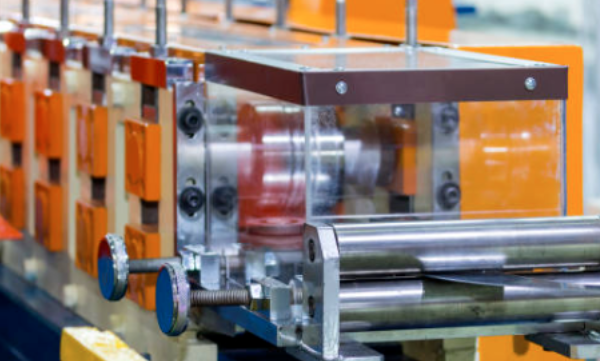
Posted on Thursday, October 3, 2024
A step flashing profile refers to the specific shape or design of metal flashing used in roofing applications where a roof meets a vertical wall. It is called "step flashing" because it is installed in overlapping layers or "steps" along the roofline, usually around chimneys, dormers, or sidewalls, to direct water away from the seams and prevent leaks.
Here are some key features of a step flashing profile:
The step flashing profile ensures that water flows over the flashing and shingles, not under them, protecting vulnerable areas on the roof from moisture damage.
4o

32/1000 Box Profile Roll Forming Machine – Complete Guide & Specifications
Posted on Sunday, November 16, 2025
High-performance 32/1000 box profile roll forming machine for roofing and cladding. Full specifications, profiles, applications, pricing

PBR / R-Panel Roll Forming Machine – Complete Guide & Specifications
Posted on Sunday, November 16, 2025
PBR / R-Panel roll forming machine for roofing and wall cladding. Full specs, profiles, applications, pricing, and global buying guide. Built to order.

Posted on Sunday, November 16, 2025
How to Diagnose and Fix the Hidden Electrical Problems That Cause Downtime
Copyright 2025 © Machine Matcher.